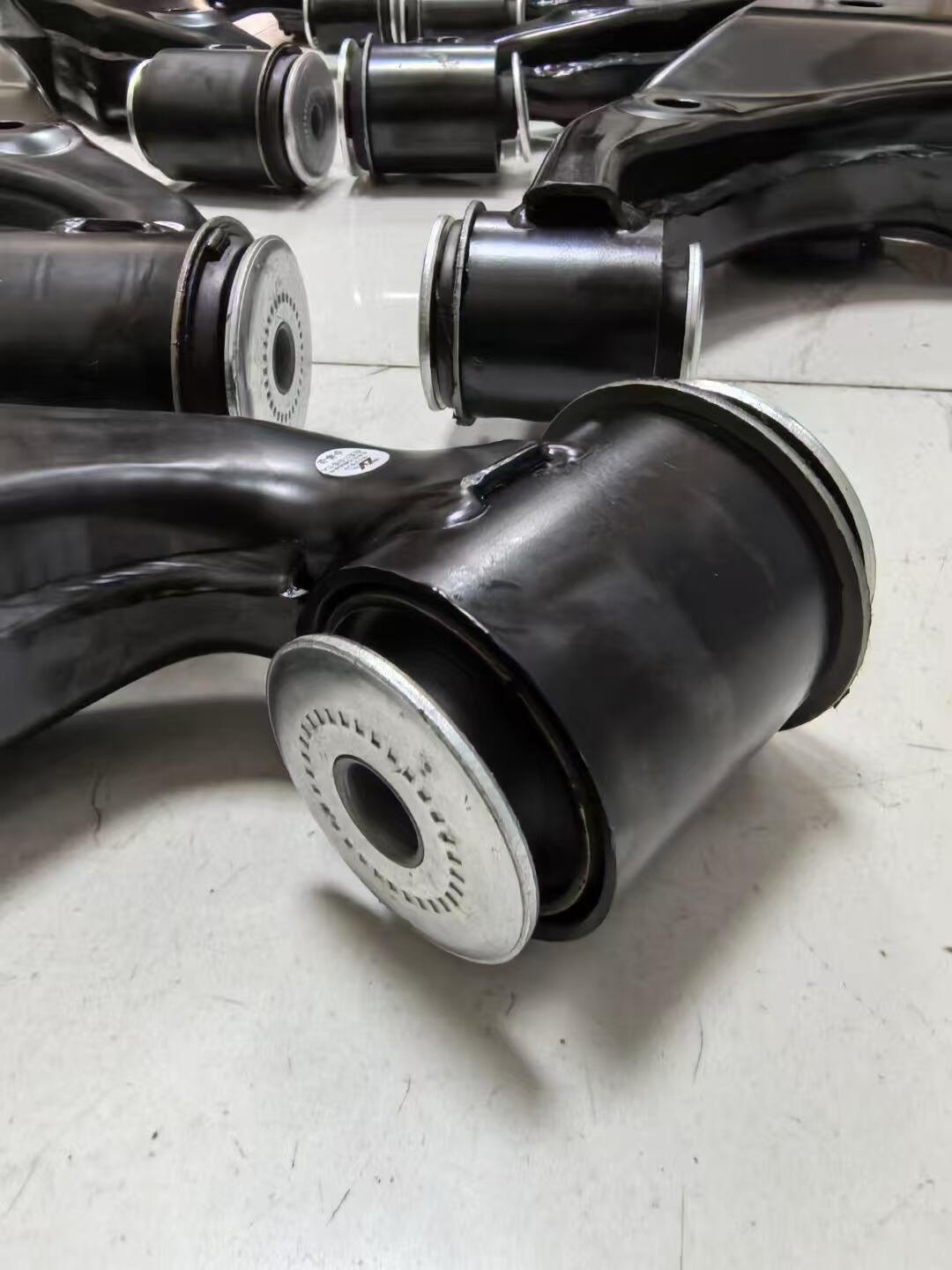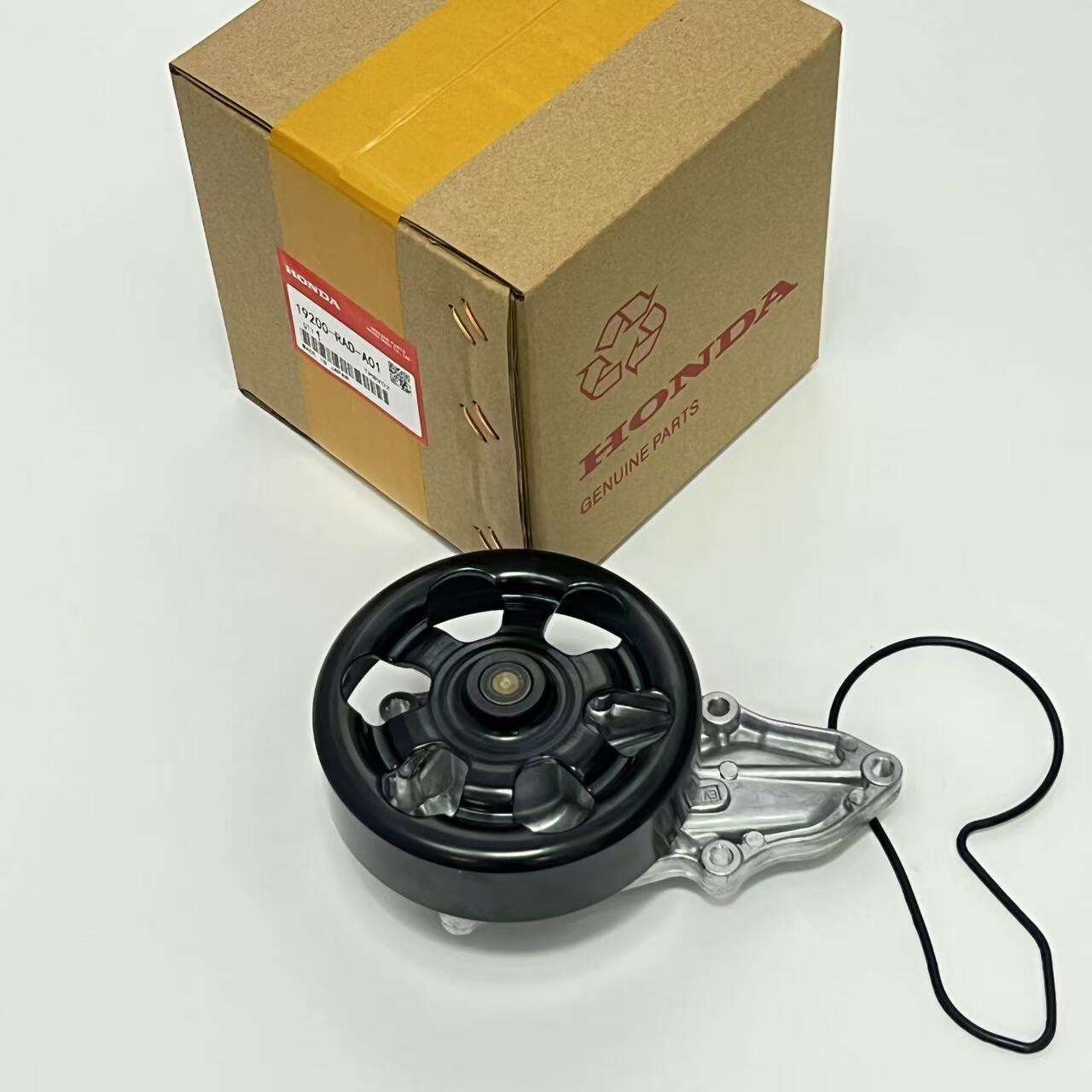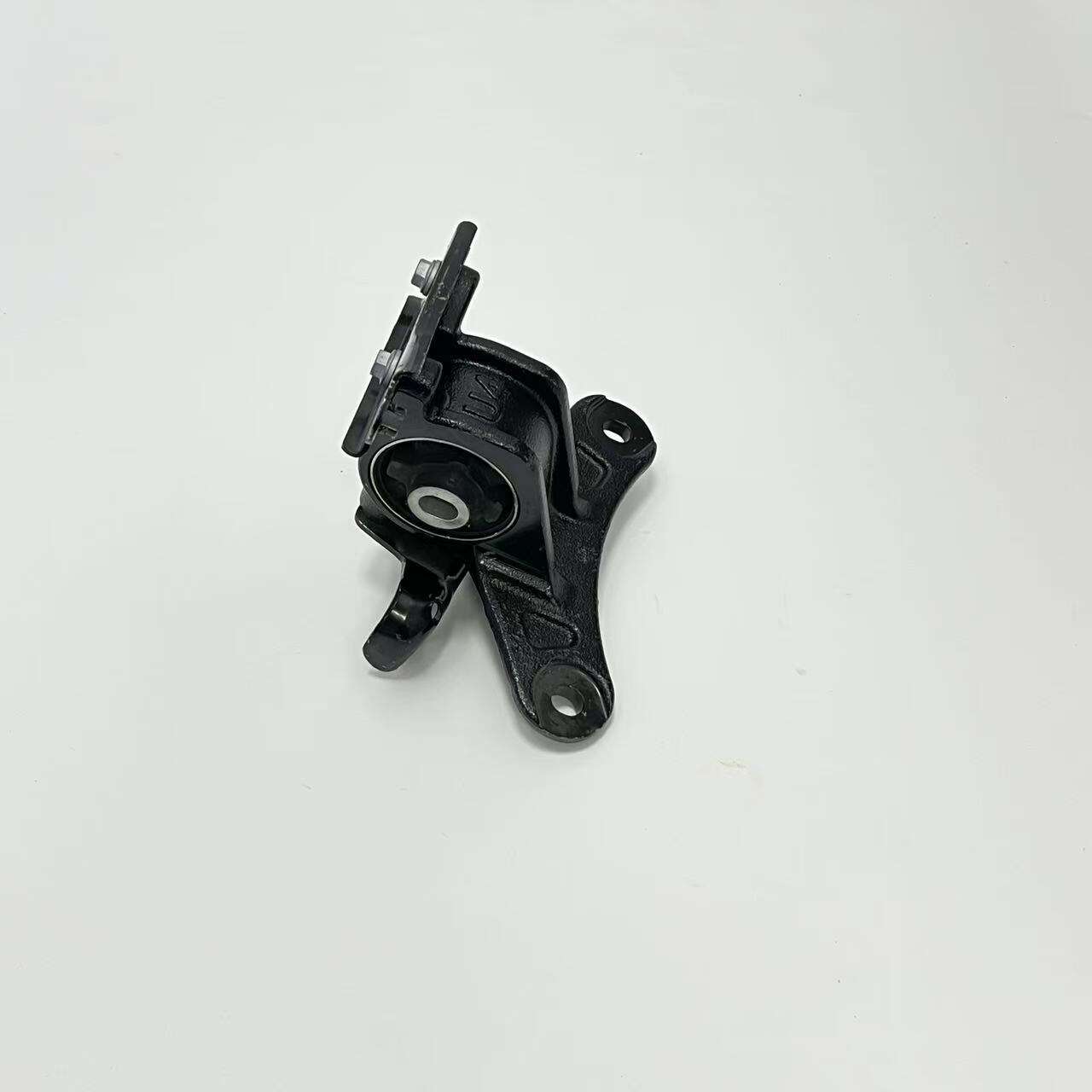broken radiator cap
A broken radiator cap represents a critical component in a vehicle's cooling system that requires immediate attention and understanding. This essential part maintains proper pressure within the cooling system, regulating coolant temperature and preventing overheating. When a radiator cap fails, it disrupts the delicate pressure balance necessary for optimal engine performance. The cap typically features a spring-loaded valve system that maintains pressure at approximately 14-15 PSI under normal operating conditions. This pressure raises the coolant's boiling point, ensuring efficient heat dissipation. A broken radiator cap can manifest through various symptoms, including coolant leaks, overheating engines, and steam emerging from under the hood. Modern radiator caps incorporate sophisticated pressure relief mechanisms and vacuum valves that work in tandem to protect the cooling system from damage. These components allow excess pressure to escape while preventing air pockets from forming during engine cooldown. The technological advancement in radiator cap design includes enhanced materials for better durability and improved sealing capabilities. Understanding the implications of a broken radiator cap is crucial for maintaining vehicle health and preventing potentially costly engine damage.


